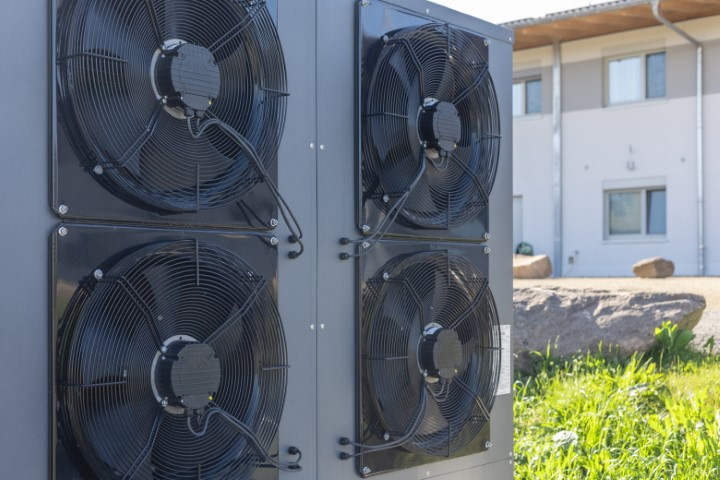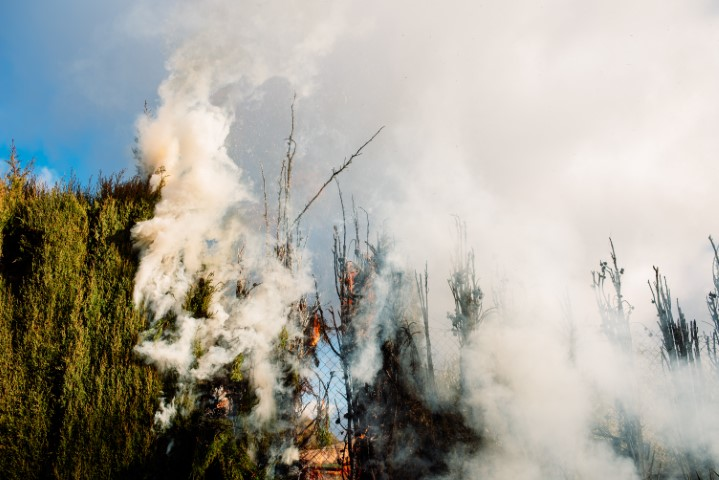When a fire damages a home or commercial building, the visible destruction—burned walls, charred belongings, melted wiring—is just the beginning. One of the most commonly overlooked but critically affected systems is your HVAC. After a fire, smoke, soot, and contaminants can travel quickly through ductwork and ventilation systems, leading to hidden damage that continues to affect indoor air quality and safety long after the flames are out. At ARC (American Restoration Contractors), we understand how complex fire damage to HVAC systems can be, and we take the necessary steps to fully inspect, clean, and restore your system to ensure it’s safe for use.
How Fire Affects HVAC Systems
Fires create extreme heat that can damage air handlers, ductwork insulation, vents, and thermostats. But even in areas where the fire didn’t reach directly, smoke and soot can infiltrate the entire HVAC system. These microscopic particles are corrosive and toxic, and they often spread rapidly through the home via return vents and ductwork. Once inside your system, they cling to surfaces and get redistributed every time the system runs. This creates ongoing air quality problems and increases the risk of respiratory issues for everyone in the building.
The Risk of Contaminated Air Circulation
If your HVAC system is turned back on after a fire without proper cleaning and inspection, it could circulate harmful contaminants throughout the space. These particles often include carbon, ash, volatile organic compounds (VOCs), and even bacteria or mold if water was used to extinguish the fire. Breathing in contaminated air can cause headaches, irritation, asthma flare-ups, and long-term respiratory health issues. That’s why addressing fire damage to HVAC systems isn’t just about repair—it’s about protecting the people who live or work in the space.


Soot Damage and System Efficiency
Soot isn’t just a health hazard—it’s abrasive and corrosive. When it settles inside an HVAC system, it can cause premature wear on fan motors, blower wheels, and coils. Over time, this reduces system efficiency, clogs filters faster, and can even lead to mechanical failure. Electrical components and circuit boards may also be compromised due to smoke residue or thermal damage. At ARC, we inspect all accessible and concealed areas of the system and work with HVAC professionals when needed to ensure no part of the system is overlooked.
Professional Cleaning and Restoration
Cleaning fire-damaged HVAC systems is not a job for standard duct cleaning services. It requires restoration-grade equipment, filtration, and chemical agents that can safely neutralize smoke odors and remove corrosive soot buildup. We use HEPA-filtered vacuums, fogging machines, and specialized brushes designed to access and decontaminate ductwork without damaging it. ARC’s technicians also test and clean supply registers, return grilles, plenums, and any associated components that may have been affected by smoke and heat exposure.
When Replacement Is Necessary
In severe cases, components of the HVAC system may be damaged beyond repair. This is especially common with flexible ductwork that absorbs smoke or water or with systems that were directly exposed to flames. If replacement is the safer option, ARC coordinates with licensed HVAC contractors to remove and reinstall new, code-compliant systems as part of your overall restoration plan. Our team handles the logistics and ensures your new system is clean, efficient, and safe to use from day one.
Clean Air Starts with the Right Recovery
Restoring your home after a fire means addressing every impact—including the ones you can’t see. If your HVAC system was exposed to smoke, soot, or fire-related heat, it must be professionally inspected and cleaned before you turn it back on. At American Restoration Contractors, we provide full-service recovery including fire damage restoration, water mitigation, and mold remediation. We take every detail seriously to ensure your home is safe, clean, and fully restored. Contact us today to schedule a fire damage inspection and take the first step toward safe air and a secure recovery.


